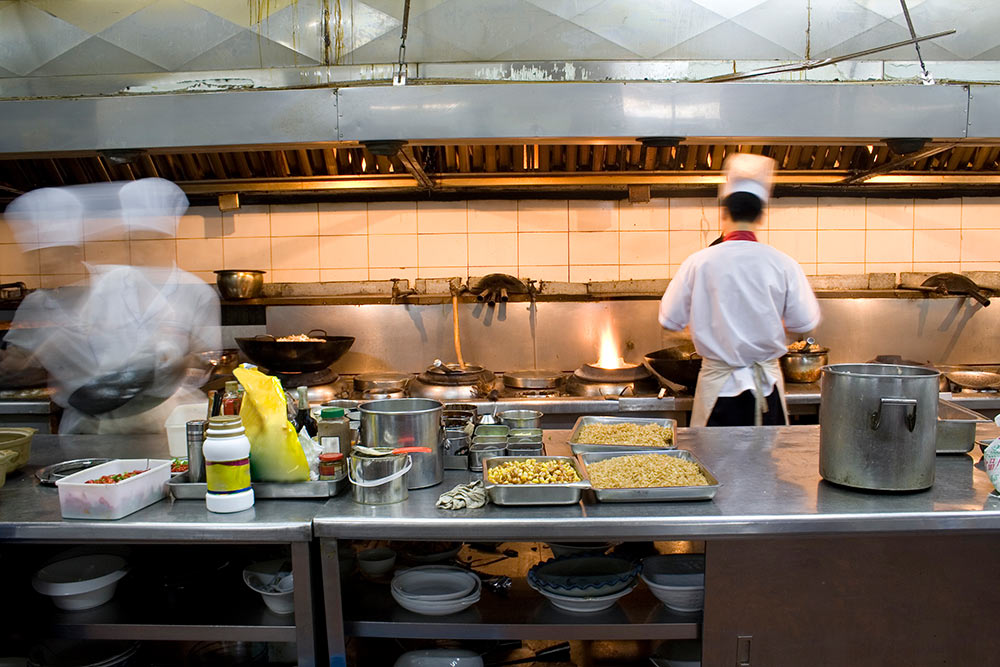When more than 200 customers reported symptoms after eating steamed oysters at a popular seafood restaurant in Raleigh, North Carolina, the N.C. Health Department launched an investigation into an outbreak of norovirus. Aiming to manage consumer perceptions throughout the investigation while continuing to broaden its customer base, the historic restaurant was in need of an effective and strategic communications plan. Largemouth was tapped to manage the issue while protecting the legendary reputation of the historic downtown restaurant–an iconic destination for politicians, government officials and consumers throughout the region.

Challenge
Ideas
The first priority was to address the brand reputation concern, as most crisis issues rise and wane when well-managed. Largemouth engaged with health department officials involved in the investigation, and developed a media strategy, key messages and media statements to proactively manage media communications. The second priority was to maintain the base of loyal customers while attracting younger generations, newcomers and travelers. Largemouth looked to leverage the oyster bar’s rich history, dating back to 1931, in order to share stories that expanded favorable media conversations and establish the restaurant’s presence through social media channels. Social media content was a critical component to both aspects of the communications strategy. Several customers posted questions about the health department’s investigation through social media, and Largemouth was responsible for crafting all responses on behalf of the brand. On the proactive side, Largemouth developed social media channels to bring the brand to life, sharing photos, videos, special menu items and deals. The exclusivity of a free app for the Foursquare “mayor” encouraged repeat customers and attracted the 25-to-35-year-old target demographic. Largemouth also recommended and managed a refresh of materials that outlined the history of the restaurant. The updated content was used as a table handout, and Largemouth pitched storylines to local media outlets and as well as national travel and restaurant magazines. The general manager and executive chef were leveraged as spokespeople for media interviews.
Impact
Ultimately, the health department found no evidence of contamination after testing the oysters and restaurant staff. Any media stories about the scare reinforced the oyster bar’s full cooperation with the health department’s investigation and its decades-long track record for food safety. While managing the narrative around the investigation, Largemouth secured local and national media placements that positioned the restaurant as an iconic, landmark destination. In the first five months of the campaign, the restaurant received 38 local and 11 national placements with positive brand mentions, the brand’s Twitter following jumped from 99 to 500 and Facebook fans went from 1,008 to 1,436. By establishing a strategic communications plan, Largemouth properly managed the narrative around a consumer concern while leveraging media relations and social platforms to tell the brand’s story and attract a broader audience.
49
media placements with positive brand mentions